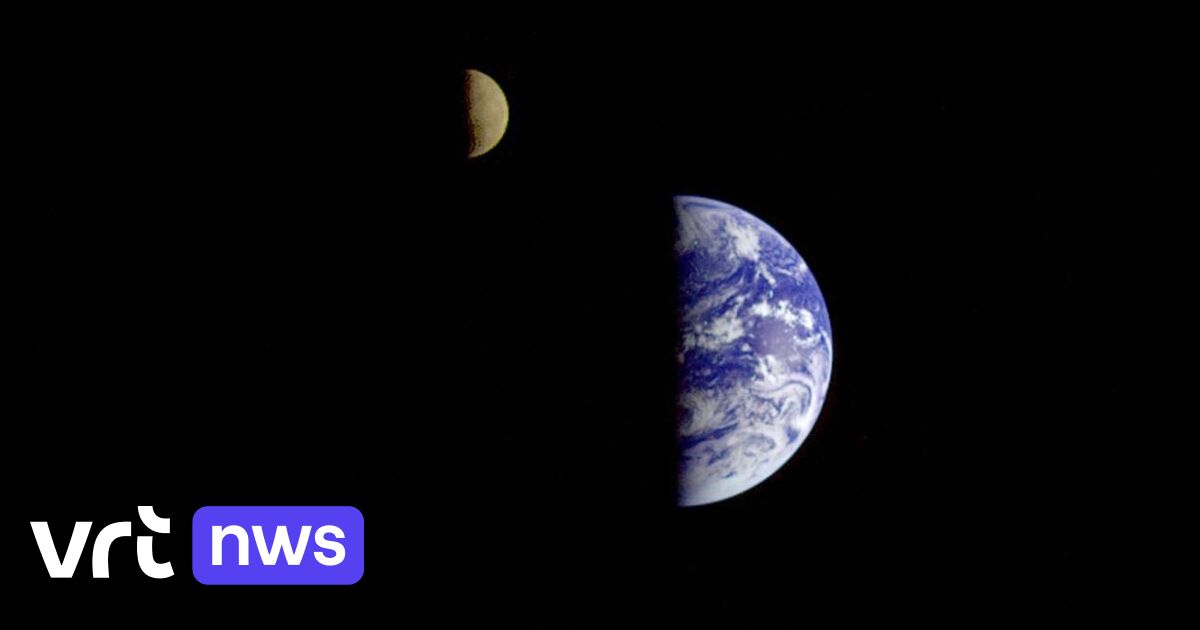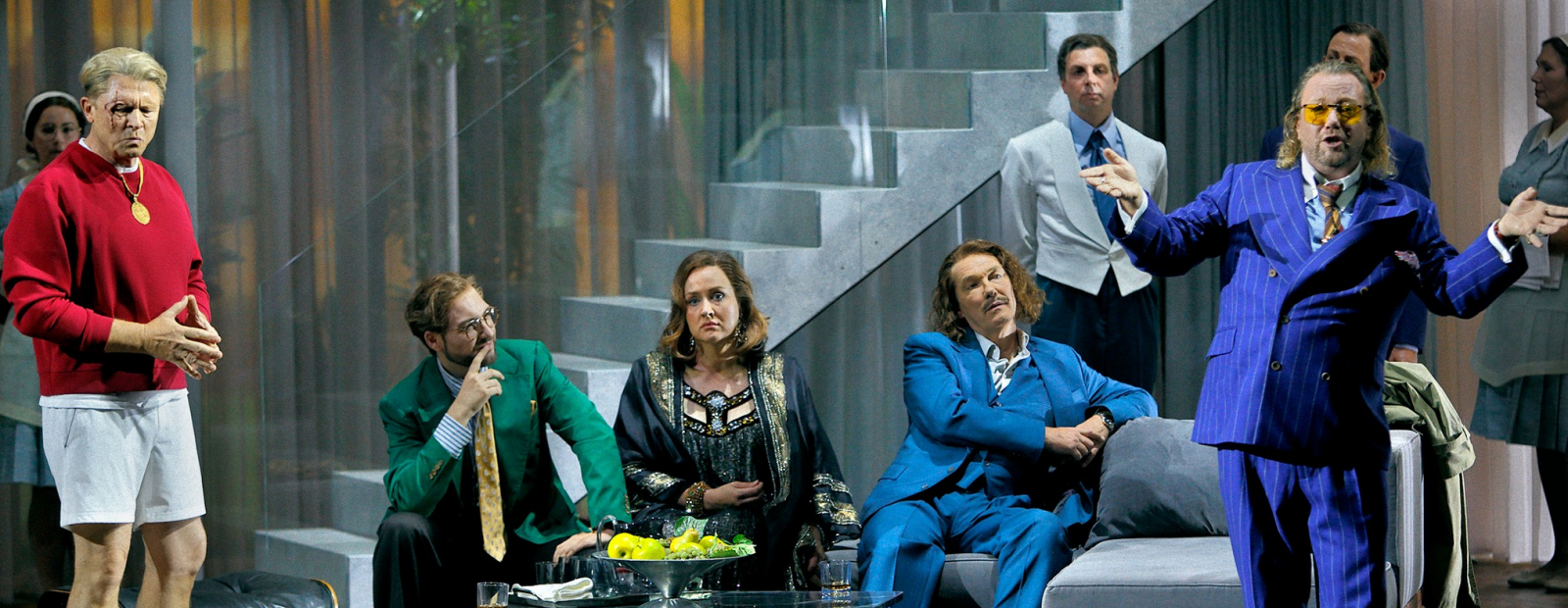But they are not nicely distributed, there have been clearly fewer in recent decades. In 1972 there were two, one in June and one in December, then there was one every year until 1983, with the exception of 1980. Then there was a leap second every two years, in 1985, 1987 and 1989. one, followed by a series of annual leap seconds from 1992 until 1998, with the exception of 1996.
In 1998 it then fell silent for a while, to the surprise of the scientists. The next leap second didn’t come until the end of 2005 and then in 2008, 2012, 2015, and 2016.
Since then nothing more and so now we see 2020 with a record number of days that were shorter than the 86,400 seconds of atomic time and this year with two days that were even shorter than those in 2020.
It is not yet clear why, as mentioned, many factors can play a role, but it evokes the specter of a negative leap second. Instead of adding an extra second, the second 23:59:59 is skipped.
And there is no doubt that such a thing will fuel the discussion about the abolition of the leap second. The leap second has been under discussion for some time because it can cause problems for computer systems. Computers with an internal clock can get confused if their system has to process the second 23:59:60, and so can systems that instead see 23:59:59 twice in a row. There is no doubt that even a negative leap second can confuse the systems, but since there has never been one, that adds to the uncertainty.
Previous implementations of leap seconds, among others, Foursquare, Reddit, LinkedIn, Yelp and Cloudflare had problems that sometimes led to their websites down for hours, and the reservation system of the Australian airline Qantas was down for hours.
Another problem is the synchronization between computers, which can sometimes take days after the introduction of a leap second.
Since the last leap second was added in 2016, only more systems with an internal clock have been added and resistance has increased. Facebook’s Meta published a text last month in which the company’s engineers say they support the industry’s efforts to keep leap seconds at the current level of 27, which should be enough for the next millennium.
A decision is not expected before next year. In 2015, the International Telecommunication Union (ITU) – a United Nations body responsible for deciding whether or not to abolish even more leap seconds – decided that more research was needed and that the issue would not be discussed at a meeting until 2023 .
Some countries within the ITU, the United Kingdom for example, want to keep the system, countries like France and the United States would rather lose it than get rich.
After all, if there were no more leap seconds, it wouldn’t really make much of a difference. Even if the difference between astronomical and atomic time increased by one second each year, the difference would be less than two minutes in a hundred years, and less than 17 minutes in a thousand years.
However, not all scientists take this lightly and believe that technology should be at the service of humans and not the other way around. And they’re looking at the longer term, where abolishing the leap second would mean that within tens of thousands of years people would have breakfast at two in the morning.
To be continued (possibly) next year, at the next four-yearly meeting of the ITU.
–

